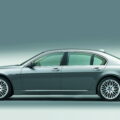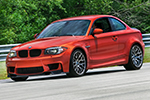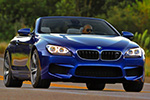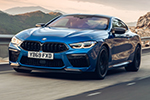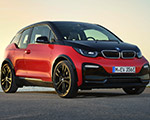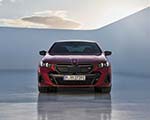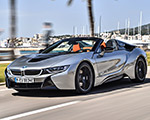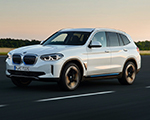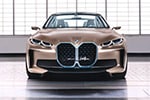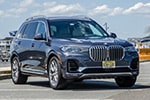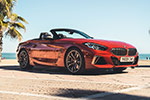If you’re buying your first BMW, the answer is simple: get the X3. It’s the brand’s sweet spot—big enough for family life, packed with tech, fun to drive, and priced right alongside the average new car in America. BMW’s lineup can be overwhelming for newcomers moving up from Toyota, Honda, or rival luxury brands, but the X3 hits the perfect balance between performance, practicality, and value.
Practicality and Loaded with Tech
The X3, while not a full-sized SUV like the X5 and X7, offers ample space for a small family with adequate storage capacity. Plus, it comes with standard all-wheel drive, a valuable feature for those living in colder climates. Besides, while the interior could have been more luxurious, the G45 is loaded with tech, including 12.3-inch digital instrument cluster, 14.9-inch touchscreen, iDrive 9, Apple CarPlay/Android Auto, head-up display, and various driver-assistance systems.
Not to mention, the upcoming iX3, designed on the Neue Klasse platform, will get iDrive X, hence making it BMW’s most digitally advanced vehicle yet.
Engaging Driving Dynamics with Multiple Powertrain Options
Being built on the same rear-wheel-drive CLAR architecture as the 3 Series (and not the front-wheel-drive-based UKL2 platform used by the X1/X2) means the X3 delivers a very engaging driving experience. Indeed, the base X3 30 delivers 255 horsepower and a 0-60 mph time of 6 seconds, which is more than sufficient for daily driving. Meanwhile, those seeking more performance can opt for the X3 M50, which provides 393 horsepower and a 0-60 mph time of just 4.4 seconds.
Notably, the G01 X3 M Competition produced 503 horsepower and could sprint from 0 to 60 mph in less than 3.5 seconds (it packed the same award-winning S58 engine as the M3/M4). Of course, a G45-based X3 M is not expected, but an all-electric X3 M is reportedly in the works.
Value for Money
The X3 has a starting price of $50,900, aligning closely with the average transaction price of new cars ($48,907) in the United States. Its main rival, the Mercedes-Benz GLC-Class, is priced similarly, at $49,250. In contrast, the Porsche Macan—often lauded for its superior handling—comes with a significantly higher MSRP of $64,600 for the internal combustion engine (ICE) variant and $78,000 for the electric model.
Moving on, the X3’s five-year resale value is 46.1 percent, which is better than larger BMW SUVs like the X5 (41.6 percent) and X7 (42 percent). Meanwhile, data from CarEdge also suggests that the X3’s ten-year maintenance costs ($19,075) are comparable to those of the smaller X1 ($18,824) and X2 ($18,854), helping to keep overall ownership expenses in check.
Conclusion
We’ve spent plenty of time behind the wheel of the new-generation X3—first in camouflaged prototype form, where its balance and steering precision already stood out, then again at the media launch, and later living with it as a daily driver. Each time, it impressed with how much of BMW’s traditional driving feel it delivers in an SUV body. This isn’t just theory for us, either. We once owned the very first-generation BMW X3, powered by a naturally aspirated inline-six, and it remains one of the most fun SUVs we’ve ever had. In fact, it was our very first BMW SUV—and the model that convinced us BMW could build a utility vehicle that still felt like a true driver’s car.
Make no mistake—the X3 isn’t perfect. As mentioned above, its interiors leave a lot to be desired. Furthermore, in terms of outright performance, the 3 Series is superior, while the X5 is a better overall SUV—often called the “Swiss Army Knife” of the BMW range. And compared to rivals from other brands, many critics tend to prefer the GLC-Class, the Genesis GV70, and the Macan.
Nonetheless, the X3 was BMW’s best-selling car in 2023 and SUVs are the biggest thing right now so it makes sense to go for the G45 if you’re planning to buy a BMW for the first time.
















